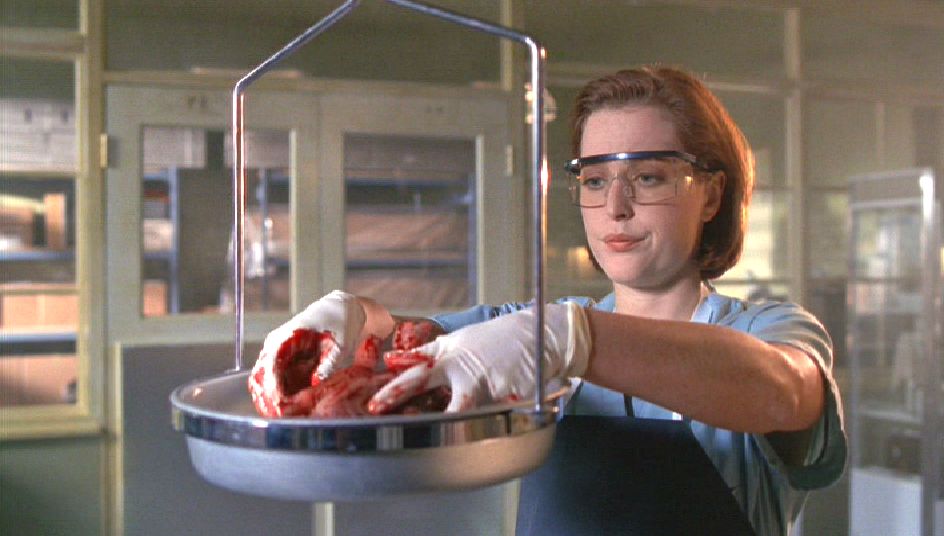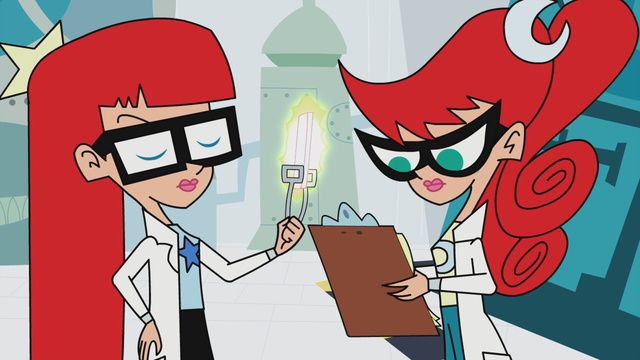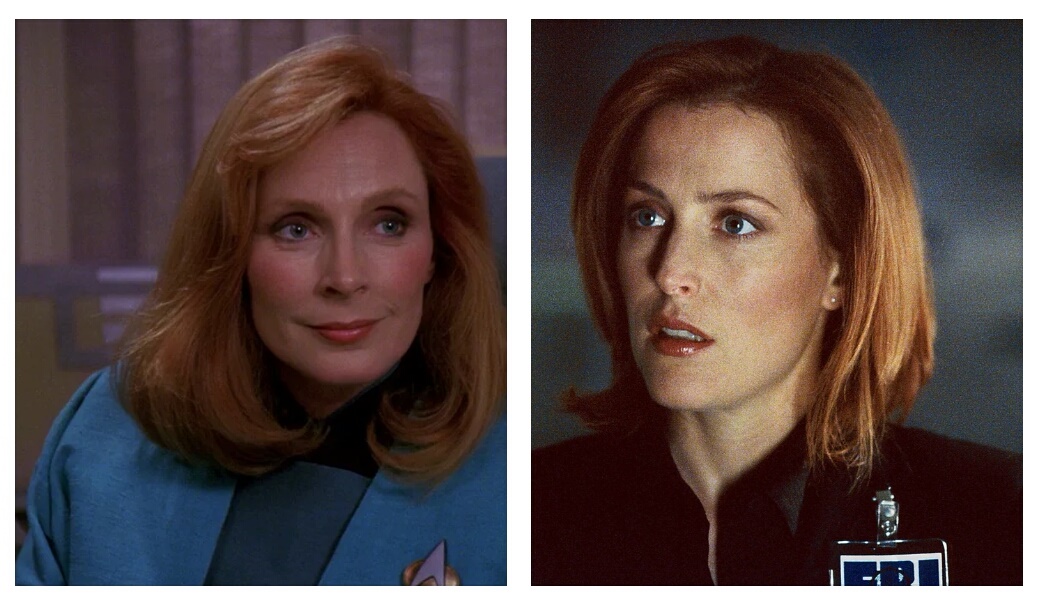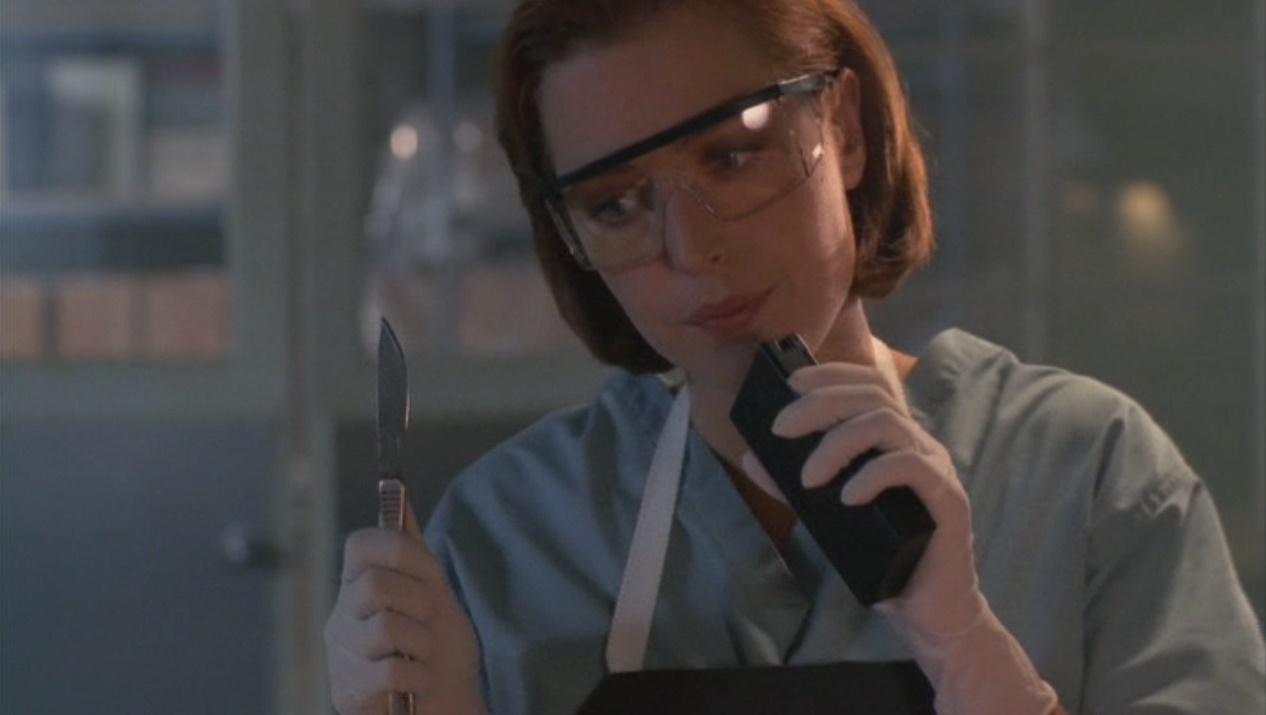This guest post written by Audrey T. Carroll appears as part of our theme week on Bisexual Representation.
Nearly twenty years have passed since the beginning of Buffy the Vampire Slayer, and we’re still having conversations about this TV show. The conversations range from the creepiest monsters to the most empowering moments of feminism the series has to offer. One of the staying discussions regarding Buffy the Vampire Slayer has been the queer identities of its characters. Certainly, the series invites this as it centralizes a same-sex romance in season 4 with Willow (Alyson Hannigan) and Tara (Amber Benson). The couple wasn’t even allowed to kiss until the season 5 episode “The Body.” There’s no doubt that having a same-sex couple was trail-blazing for a television series to tackle.
That said, we now have the benefit of a retrospective view of both the series and the fifteen intervening years of LGBTQ rights progress since “The Body” first aired. Viewers can now easily recognize that bisexuality is never overtly represented in the series, and is in fact never even brought up as a possibility. But the groundwork for bisexual/queer interpretation is present. This especially comes into play when people bring up the idea of bi erasure and Willow. The possibility of bisexuality in season 3 in particular could have enhanced an already tense triangle of Buffy (Sarah Michelle Gellar), Faith (Eliza Dushku), and Willow. In addition to the scrutiny of Willow’s sexuality in recent years, the obvious sexual tension between Buffy and Faith, especially originating from Faith, is never outright articulated in a consequential way. There’s, of course, the platonic friendship aspect to the tension of this triangle where Willow feels like she’s losing her best friend to Faith.
But these women present three angles on potential queerness that many viewers would have connected with:
1) Buffy must be “good” at all times, which includes being virginal (see: Angelus becoming a monster after they have sex). Potentially, this expectation of being the “good” slayer could include heteronormativity. But, in the comics, the slayer is willing to explore her sexuality.
2) Faith, in part, defines herself by using and ditching men as nothing more important than the sex they give her and the sense of power she feels with them.
3) At this stage in her life, Willow is in a committed relationship with Oz (Seth Green), but she clearly possessed an attraction to women that she had yet to discover.
While she’s otherwise dated, Buffy only had sexual experience with one person by season 3: Angel (David Boreanaz). In season 2, they had sex once, Angel turned into a soulless monster, and she eventually had to kill him. He’s resurrected, but they know they can’t fully be together. This sexual tension with Angel runs parallel to Buffy’s sexual tension with Faith. Buffy acknowledges, in season 3 and beyond, that her relationship with Faith can be perceived as more than simple friendship or fellow slayer-hood. In the season 3 episode “Revelations,” Buffy even draws attention to the fact that she “wouldn’t use the word ‘dating,’” for who she has plans with that night and, when Faith shows up as her partner for the evening, goes on to say, “Really, we’re just good friends.” In that same vein, Buffy claims in the season 7 episode “End of Days,” that “I am tired of defensiveness and — and weird mixed signals… I have Faith for that.”
In the comics, Buffy is, to quote creator Joss Whedon, “young and experimenting and… open-minded.” Even if this is a questioning moment of her sexuality, rather than an actual declaration of bisexuality, the possibility of this exploration earlier in the series could have ramped up the tension even further between Buffy and Faith and Willow, making the stakes all the more intense. It could also show that being the “good” slayer didn’t come with the implication of celibacy or heteronormativity as a requirement. If Buffy, the hero, the one who many girls aspired to be, could question her sexuality and explore her sexuality, that could create a connection to her, and a comfort for viewers who are inclined to do the same. It would, of course, have to be handled delicately, but if executed well it could have been a really revolutionary examination of identity and a fascinating aspect for the hero.
On Faith’s end, she infuses a lot of her words and actions with sexual innuendo. Often, her sexuality is tied to extracting from men what she wants — power, physical satisfaction, etc. The season 3 episode “Bad Girls” opens with Faith insisting that Buffy must have had sex with her friend Xander (Nicholas Brendon): “What are friends for? … It’s just, all this sweating nightly, side-by-side action, and you never put in for a little after-hours…” Faith insinuates that slaying together leads to sex, in the midst of her and Buffy slaying vampires together. One look at any number of Faith’s lines of dialogue with Buffy shows possibility for sexual interpretation (“Give us a kiss.”) if not outright mentions of sexual acts (“Bondage looks good on you, B.” or “So let’s have another go at it. See who lands on top.”). And this isn’t even to mention the very provocative dance scene the pair of slayers share at The Bronze during “Bad Girls.”
If Faith’s bisexuality were actively articulated, it could underscore an interesting layer to the eventual deterioration of their relationship. It seems that the path Buffy toys with in “Bad Girls” is not only one of (mostly harmless) rule-breaking. Buffy appears to be entertaining a very flirtatious and charged relationship with Faith. Faith is very lonely and wants acceptance and friendship. If you add to the pot that both of them were pursuing each other in a romantic or sexual sense, then Faith’s feeling of rejection (from the Scoobies in general, but Buffy in particular) feels like a more pointed one. In this framing, there’s even greater motivation for Faith to later hurt Buffy romantically by going after Angel and engaging in a twisted relationship with him merely to taunt the “good” slayer.
As mentioned already, Willow is often brought up in terms of bi erasure. If the possibility of her queerness is brought up in season 3, it lengthens the exploration of her sexuality and allows for her to deepen her understanding of it. By season 3, she’s only been sexually interested in Xander and her boyfriend Oz. If it were introduced that she may be sexually attracted to women, it would allow for a more fully fleshed-out representation of her sexuality over the course of the series. In fact, in the season 3 episode “Doppelgangland,” Willow thinks that the vampire alternate-dimension version of herself is “kinda gay.” Buffy assures her the vampire version of a person is nothing like the real person. Angel starts to correct her, but stops. All of this implies that, from at least season 3, Willow has her “kinda gay” self bubbling under the surface.
One of two things could’ve happened here: 1) Willow could have discovered she was bisexual, and maybe even been afraid this would cause Oz to reject her. That’s a fear that bisexual people in hetero relationships might be able to relate to. 2) Alternatively, Willow could have discovered that she was, in fact, a lesbian. This explicit exploration would have made how she self-identifies feel more genuine. Otherwise, her season five “Triangle” declaration of “gay now” feels like a tight clinging to a label rather than a genuine expression of her sexuality. If that exploration and determination happens earlier and more clearly, then the viewer can feel that conclusion is natural. It gives opportunity to address her sexuality in a more fully realized way.
One potential discrimination against bisexual people is the idea that they can’t be in a long-term committed relationship, rooted in the idea that they’ll pursue the opposite type of relationship than the one that they’re currently in (either same-sex or opposite-sex). If Willow is bisexual, and clearly so in the show, then the fight that she and Tara have in the season 5 episode “Tough Love” has more context. It’s possible, with a lesbian-identifying Willow, that Tara fears Willow may “turn straight” again. But a review of their history makes this implication during their fight feel strange. (Willow, after all, turned down Oz when he returned to town toward the end of season 4, actively choosing Tara over her first boyfriend.) But, with the idea that Willow is bisexual in mind, this fight with Tara could have tapped into an anxiety in the queer community — that bi people are more sexually deviant or less romantically loyal because they’re not monosexual.
This sexual identity questioning would also lend more tension to the whole Buffy/Faith/Willow triangle. In addition to the platonic threads there, Buffy and Faith already have an established, if not candidly articulated, sexual tension. Adding Willow’s sexual identity to the mix, she could have questioned whether her jealousy of the Buffy/Faith dynamic was platonic or romantic on her part. Buffy is her closest friend, except for maybe Xander, the latter of which she had a crush on for years and cheated on Oz with. Willow could reasonably fear that an attraction or possibility of attraction toward Buffy (akin to what she once felt for Xander) could jeopardize their friendship. On the other side, Willow might have been confused or unnerved if she thought she might be attracted to Faith, who was her opposite in many ways and with whom she had a very contentious relationship. She might not have thought about Buffy or Faith that way, but the questioning and anxieties there might have resonated with certain queer viewers and enhanced Willow’s aversion to Faith even further.
Using the context of future seasons, the possibility existed to use season 3 to explore the sexual identity of three very central female characters in this show. Buffy could have been questioning; Faith could have been explicitly bisexual rather than simply implying as much through very sexually-charged dialogue with Buffy; Willow could have started exploring her sexuality earlier to arrive at a more self-aware place, whether that was as a bisexual woman or a lesbian.
This all at least highlights an opportunity for future fiction. Allowing characters to be bisexual or to entertain the idea of not being heterosexual can add innovative layers to otherwise developed and intriguing characters. In the end, whether these characters are bisexual or simply open to questioning their heterosexuality, representation helps people feel less alone in their experiences, and ultimately guides people toward empathy.
See also at Bitch Flicks:
Buffy the Vampire Slayer: Joss Whedon’s Binary Excludes Bisexuality
Buffy the Vampire Slayer: Willow Rosenberg: Geek, Interrupted
Buffy the Vampire Slayer and the Humanization of the Superheroine
Are You Ready to Be Strong? Power and Sisterhood in Buffy the Vampire Slayer
Audrey T. Carroll is a Queens, NYC native whose obsessions include kittens, coffee, Buffy the Vampire Slayer, and the Rooster Teeth community. Her poetry collection, Queen of Pentacles, is available from Choose the Sword Press. She can be found on her site as well as Twitter and Facebook.
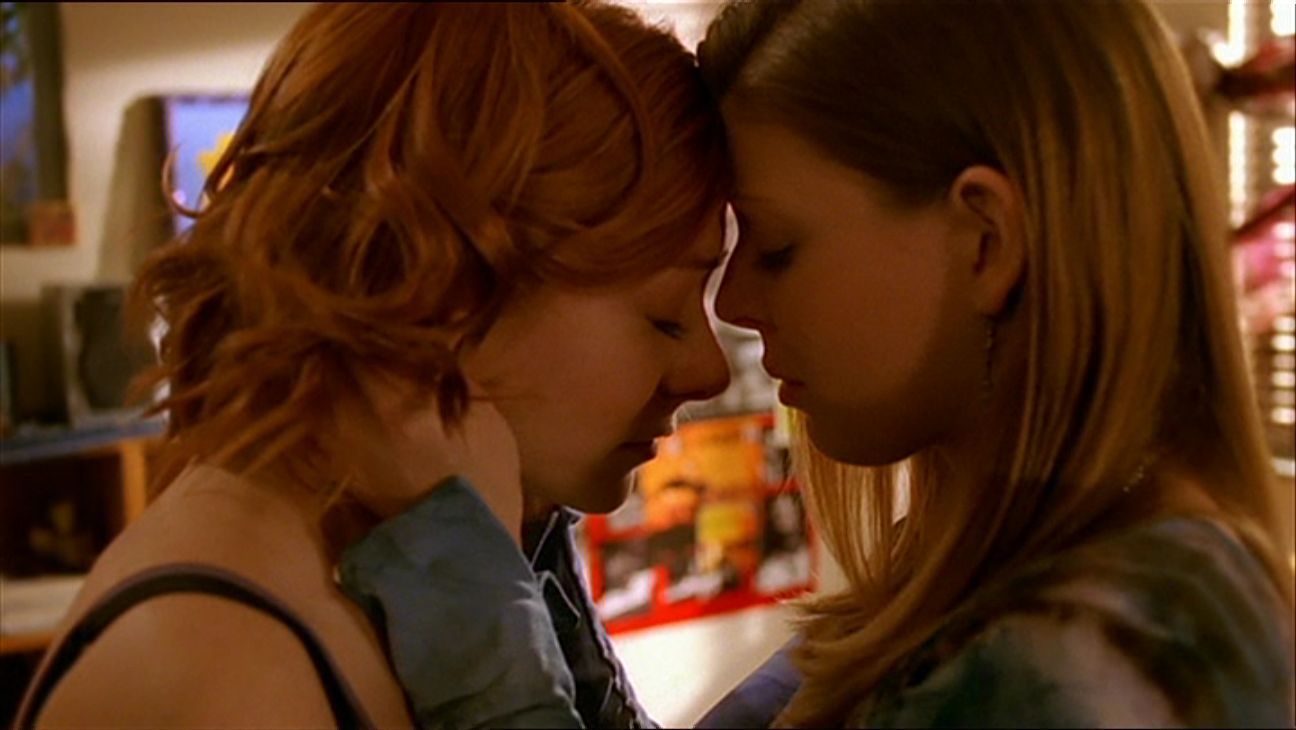





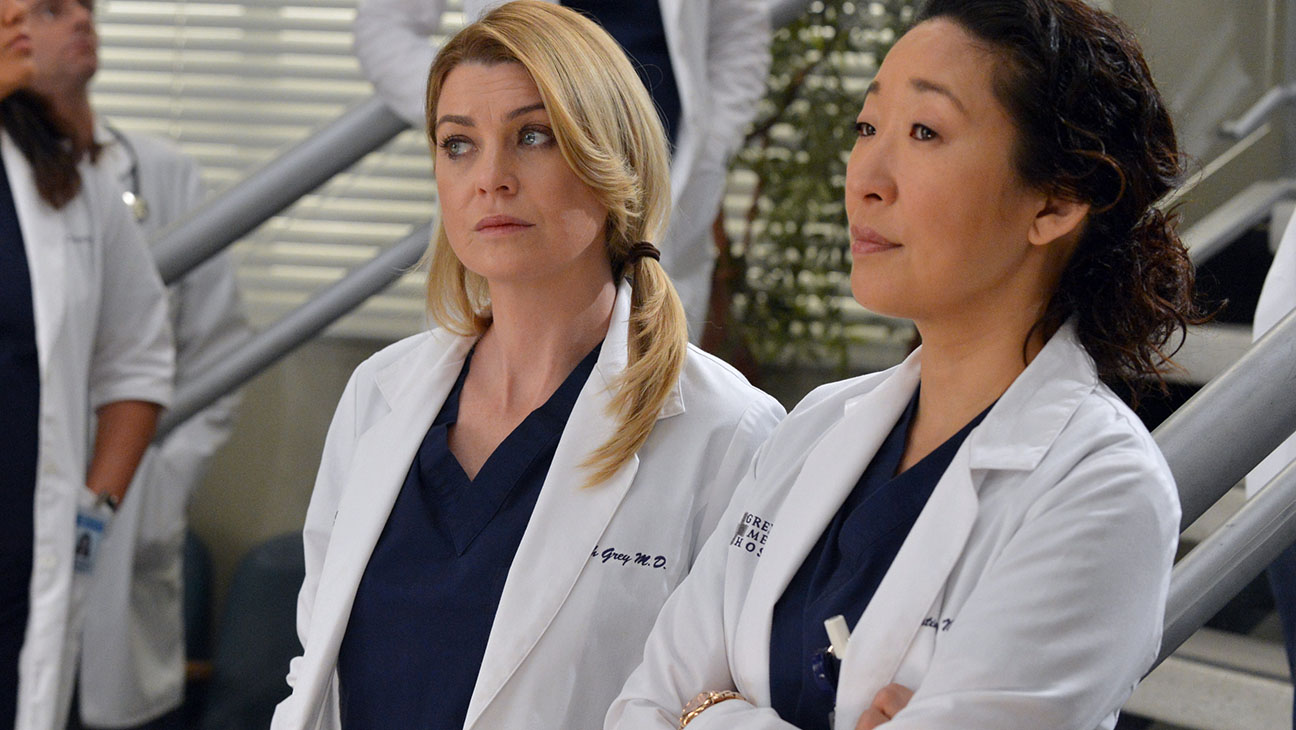



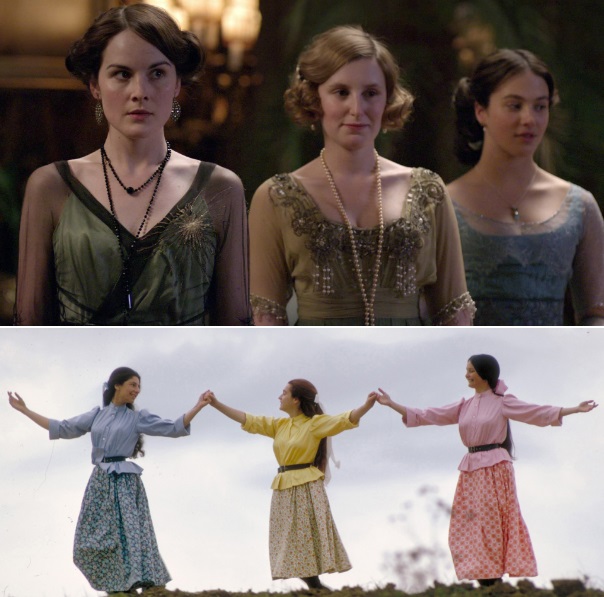










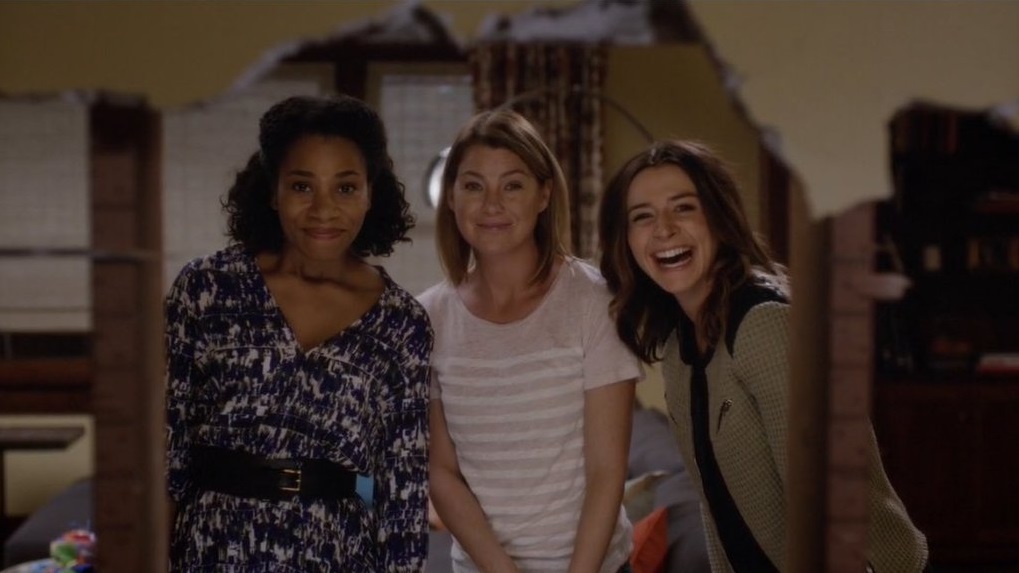



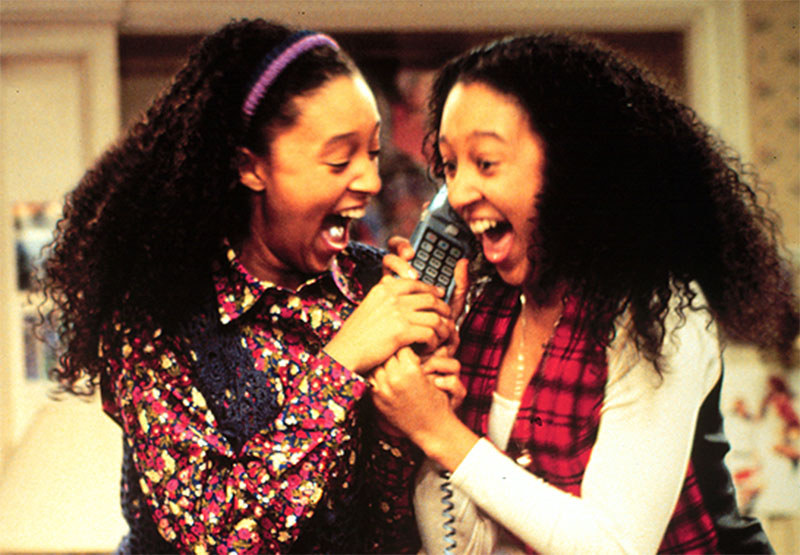







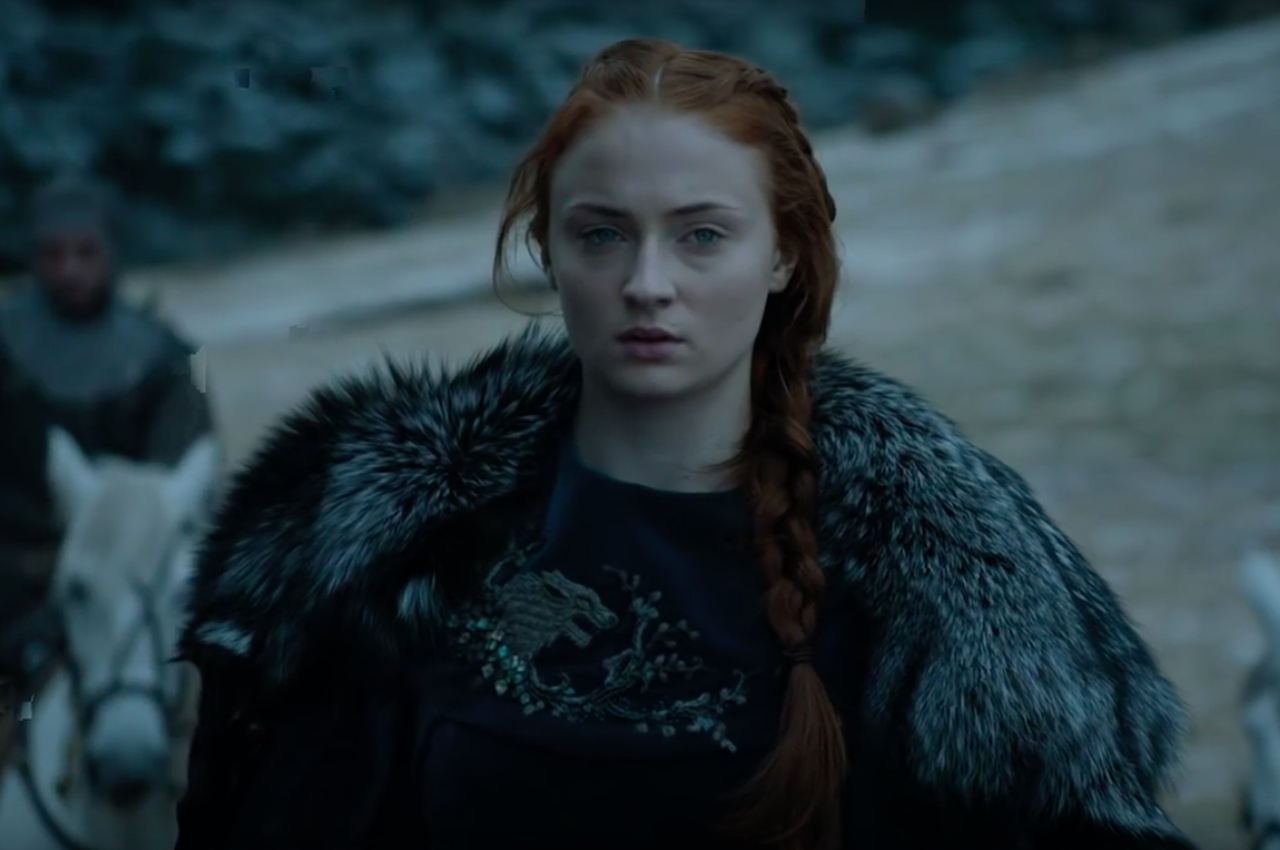






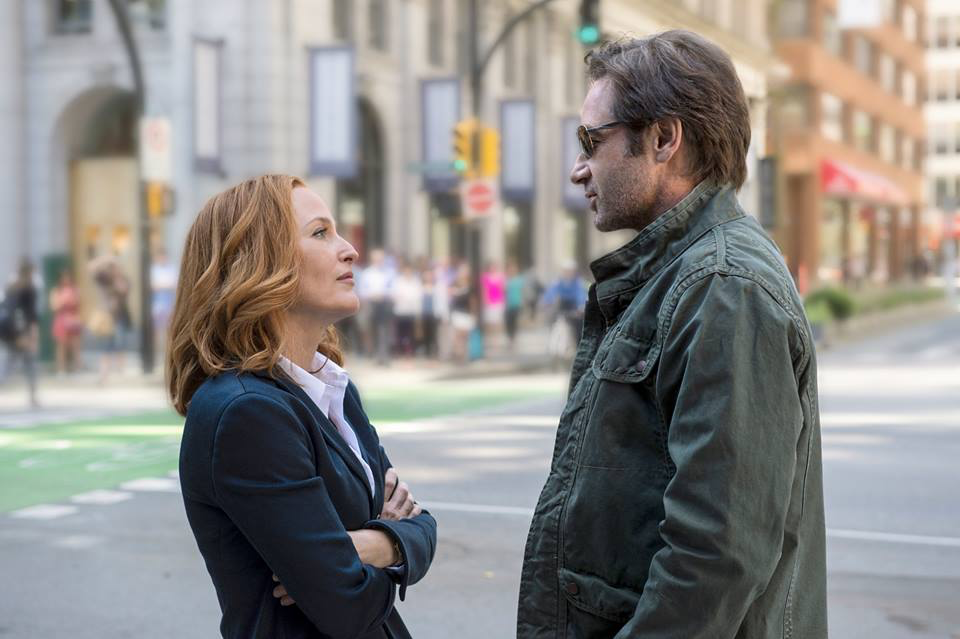



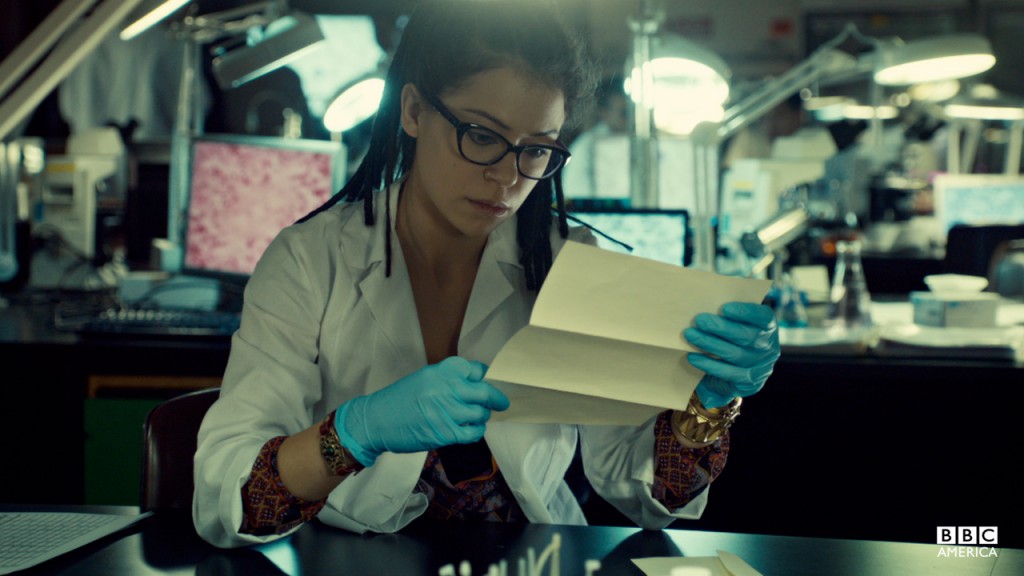





![Big Bang Theory | Penny [surname unknown] (Kaley Cuoco) with the rest of the cast – the season one Smurfette The Big Bang Theory](https://www.btchflcks.com/wp-content/uploads/2016/07/Big-Bang-Theory-3.jpg)


